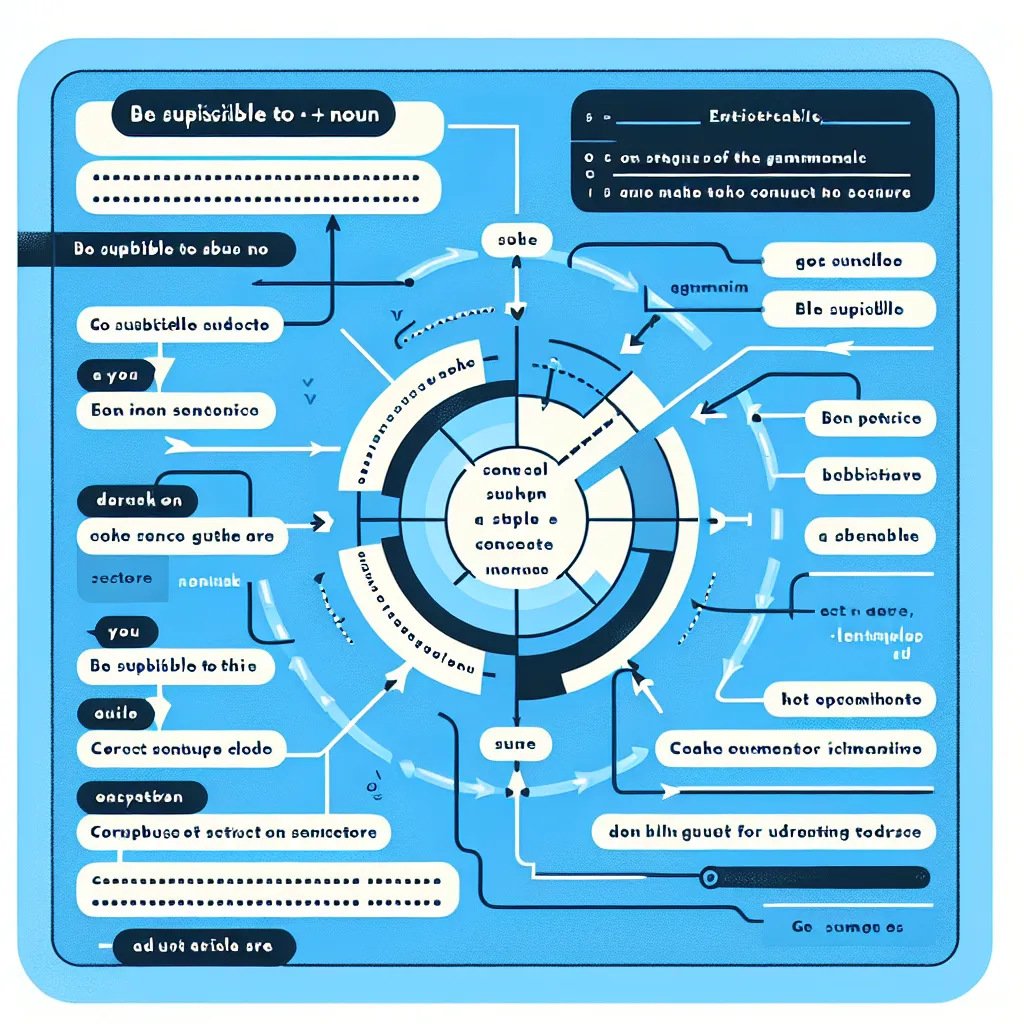The “be capable of + gerund” structure is a powerful grammatical tool that can significantly enhance your IELTS performance. This construction is frequently used to express ability or potential in a more formal and sophisticated manner. Understanding and applying this structure correctly can help you achieve higher band scores across all sections of the IELTS exam.
Nội dung bài viết
Understanding the “Be Capable of + Gerund” Structure
The “be capable of + gerund” structure consists of three main components:
- A form of the verb “to be” (am, is, are, was, were)
- The phrase “capable of”
- A gerund (verb + -ing)
This structure is used to describe the ability or potential to do something. It’s more formal than using “can” or “be able to” and is particularly useful in academic and professional contexts.
Formula and Grammar Points
Formula: [Subject] + [be] + capable of + [gerund]
For example:
- She is capable of speaking five languages fluently.
- The new software is capable of processing large amounts of data quickly.
In these sentences, “speaking” and “processing” are gerunds following “capable of.”
 Be Capable of Gerund Formula
Be Capable of Gerund Formula
Applying “Be Capable of + Gerund” in IELTS Writing
Using this structure effectively in your IELTS Writing task can demonstrate a high level of grammar control and vocabulary range. Here are some examples of how you can incorporate it into your essays:
-
Task 2 Essay Introduction:
“Modern technology is capable of revolutionizing education in ways previously unimaginable.” -
Main Body Paragraph:
“While artificial intelligence is capable of performing many tasks more efficiently than humans, it is not yet capable of replicating human creativity and emotional intelligence.” -
Conclusion:
“In conclusion, sustainable energy solutions are capable of addressing both environmental concerns and economic growth objectives.”
These examples show how the structure can be used to express complex ideas concisely and formally, which is crucial for achieving higher band scores in IELTS Writing.
Utilizing “Be Capable of + Gerund” in IELTS Speaking
In the Speaking test, using this structure can help you sound more articulate and demonstrate a wider range of grammatical structures. Here are some ways to incorporate it:
-
Part 1 (Introduction and Interview):
Question: “What skills are important in your job?”
Answer: “In my field, one must be capable of managing multiple projects simultaneously and be capable of communicating complex ideas clearly.” -
Part 2 (Individual Long Turn):
When describing a person you admire:
“She is capable of inspiring others through her actions and is capable of overcoming any obstacle she faces.” -
Part 3 (Two-way Discussion):
Question: “How might technology change the way we work in the future?”
Answer: “I believe future technology will be capable of automating many routine tasks, allowing humans to focus on work that requires creativity and emotional intelligence.”
By using this structure in your responses, you demonstrate a sophisticated command of English grammar, which can positively impact your Speaking score.
 IELTS Speaking Example
IELTS Speaking Example
Enhancing IELTS Listening and Reading Performance
While you won’t be actively using the “be capable of + gerund” structure in Listening and Reading tests, recognizing it can help you better understand complex passages and dialogues. Here’s how it might appear:
-
Listening Section 4 (Academic Lecture):
“The new AI system is capable of analyzing vast amounts of data in seconds, making it an invaluable tool for researchers.” -
Reading Academic Passage:
“These innovative materials are capable of withstanding extreme temperatures, making them ideal for space exploration.”
Understanding this structure helps you quickly grasp the meaning of such sentences, potentially saving time and improving accuracy in your answers.
Common Mistakes to Avoid
When using “be capable of + gerund,” be careful to avoid these common errors:
-
Using an infinitive instead of a gerund:
Incorrect: She is capable to speak three languages.
Correct: She is capable of speaking three languages. -
Omitting “of”:
Incorrect: The machine is capable producing 1000 units per hour.
Correct: The machine is capable of producing 1000 units per hour. -
Using the wrong form of “be”:
Incorrect: They was capable of solving the problem.
Correct: They were capable of solving the problem. -
Confusing “capable of” with “able to”:
While both express ability, “capable of” is more formal and often implies potential rather than immediate ability. -
Overusing the structure:
While it’s a useful construction, overusing it can make your speech or writing sound repetitive. Vary your language by also using synonymous expressions like “have the ability to,” “be adept at,” or “be skilled in.”
Conclusion
Mastering the “be capable of + gerund” structure can significantly enhance your performance across all sections of the IELTS exam. By incorporating this sophisticated grammatical construction into your English, you demonstrate a high level of language proficiency. Remember to practice using it in various contexts, and always be mindful of the common mistakes to avoid. With consistent practice, you’ll find yourself capable of using this structure naturally and effectively, potentially boosting your IELTS scores.
For further practice, try incorporating this structure into essays on topics like technological advancements, environmental challenges, or personal development. These themes often lend themselves well to discussing capabilities and potential, allowing you to showcase your command of this advanced grammatical structure.


